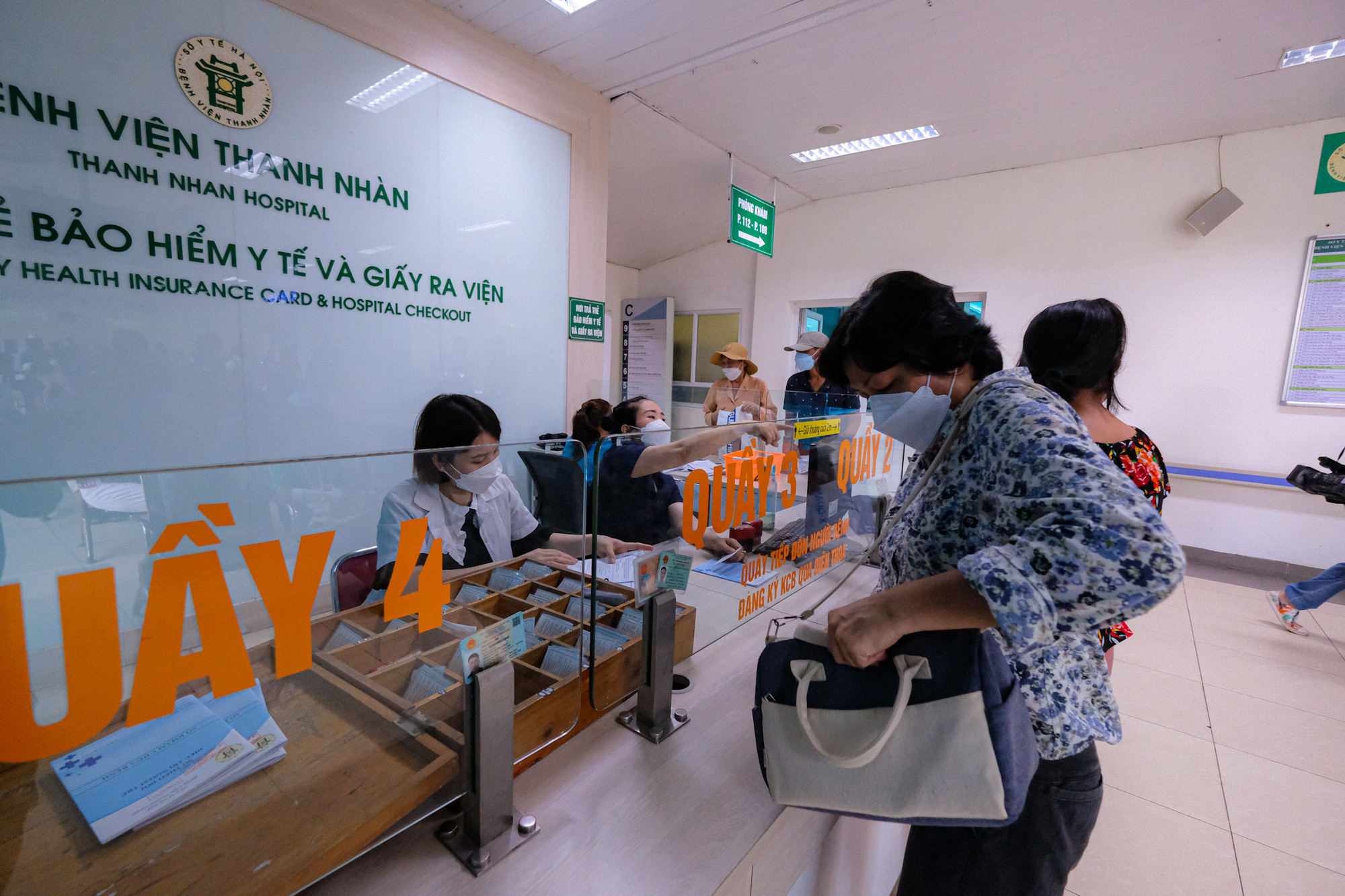
Health insurance payment area of Thanh Nhan Hospital (Hanoi) - Illustration photo: NAM TRAN
Additional costs for medical examination and treatment
The Ministry of Health is proposing to draft a Law amending and supplementing a number of articles of the Law on Health Insurance, including a proposal to adjust the maximum expenditure ratio for health insurance fund management.
According to the current Law on Health Insurance, 10% of the health insurance premium is reserved for the reserve fund and health insurance fund management costs. Of which, at least 5% of the health insurance premium is reserved for the reserve fund.
However, the law does not stipulate the maximum amount of the reserve fund. Therefore, there is no mechanism to automatically transfer from the reserve fund to the medical examination and treatment fund when the surplus from the reserve fund is large. In fact, in recent years, management costs have been less than 4% of the health insurance premium.
Therefore, the ministry proposed to reduce the budget allocated for management and shift it to direct spending on medical examination and treatment. Specifically, the maximum spending ratio for health insurance fund management costs will be adjusted from 5% to 4%, with the remaining 1% added directly to the medical examination and treatment fund.
With this proposal, each year about 1,100 billion VND (1% of 110,000 billion VND) will be allocated and regulated for medical examination and treatment facilities according to requirements and tasks. The Ministry of Health assesses that this allocation does not affect the health insurance fund.
Effective allocation and use of the health insurance fund aims to increase funding for medical examination and treatment, contributing to enhancing people's access to quality medical services, thereby reducing the incidence and treatment of diseases and disabilities.
The rate of out-of-pocket health care expenses under health insurance is still high, why?
According to the Ministry of Health, participating in health insurance has contributed to reducing household out-of-pocket spending on health care. However, the rate of out-of-pocket spending in Vietnam is still relatively high, accounting for about 45% of medical expenses.
The Ministry determined that the reason was due to increased use of medical services. According to the survey, people with health insurance cards used more outpatient and inpatient medical examination and treatment services than other groups.
Co-payments as well as out-of-pocket payments for drugs, consumables or services not covered by health insurance lead to increased out-of-pocket payments. Medical service prices are not calculated correctly and sufficiently, leading to increased out-of-pocket costs.
In addition, some hospitals have difficulty purchasing drugs and medical supplies, leading to drug shortages and insufficient supplies of necessary drugs for patients.
Drug bidding and drug management are not guaranteed. Some drugs are needed but not supplied, so patients have to buy them from outside.
Particularly important is that the quality of medical services at the grassroots level is still limited, so patients skip the commune and district levels, go to higher levels and continue to incur higher costs.
Some places require patients with health insurance cards to use socialized equipment, while there are still budget-funded machines. This makes patients have to pay the difference between the two prices. Some medical facilities are not financially transparent.
The Ministry stated that the goal by 2025 is to reduce the rate of direct out-of-pocket expenditure by households for health care to 35%. Meanwhile, the scope of benefits and the level of health insurance benefits are among the factors affecting the level of out-of-pocket payments by households.
Therefore, in the draft revised Law on Health Insurance, the Ministry of Health proposed many options to reduce the rate of out-of-pocket payments of people such as increasing the scope of health insurance payment, proposing additional health insurance packages, adding funding for medical examination and treatment from the health insurance fund...
Source


![[Photo] Prime Minister Pham Minh Chinh chairs conference to review the implementation of Resolution No. 18-NQ/TW](https://vstatic.vietnam.vn/vietnam/resource/IMAGE/2025/4/14/dcdb99e706e9448fb3fe81fec9cde410)
![[Photo] Ceremony to welcome General Secretary and President of China Xi Jinping on State visit to Vietnam](https://vstatic.vietnam.vn/vietnam/resource/IMAGE/2025/4/14/5318f8c5aa8540d28a5a65b0a1f70959)

![[Photo] General Secretary To Lam holds talks with General Secretary and President of China Xi Jinping](https://vstatic.vietnam.vn/vietnam/resource/IMAGE/2025/4/14/b3d07714dc6b4831833b48e0385d75c1)




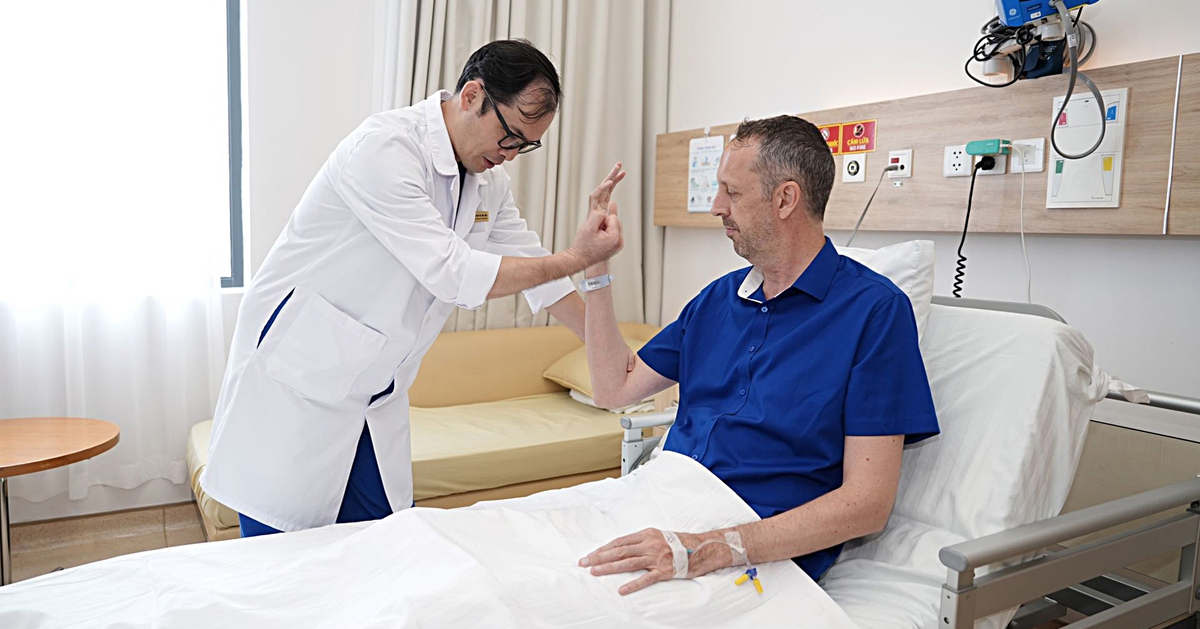
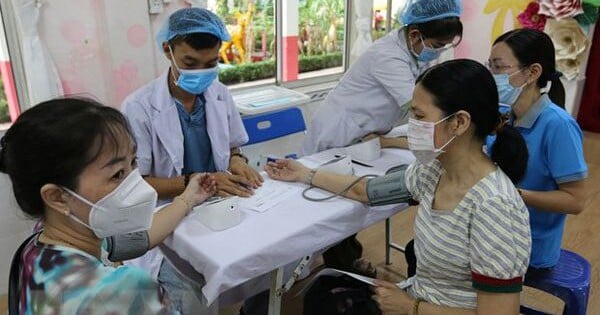

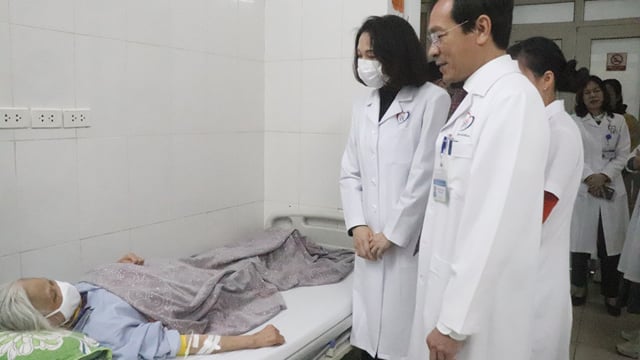
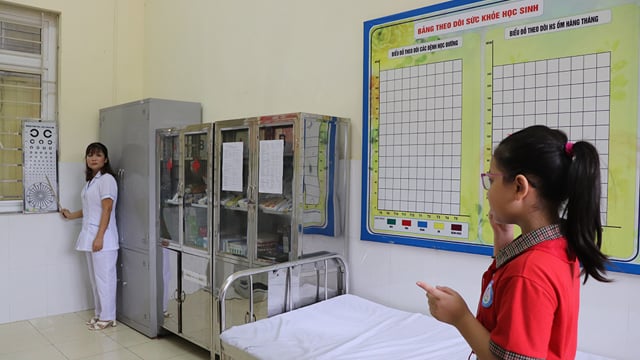
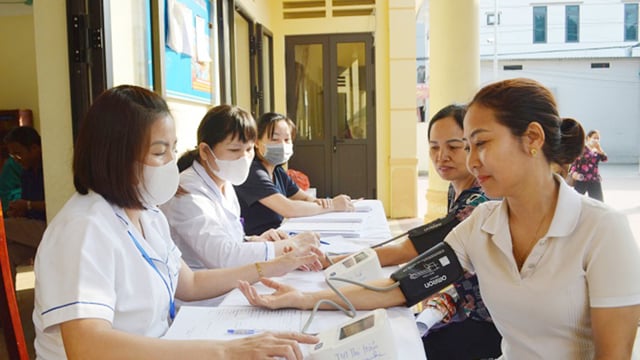
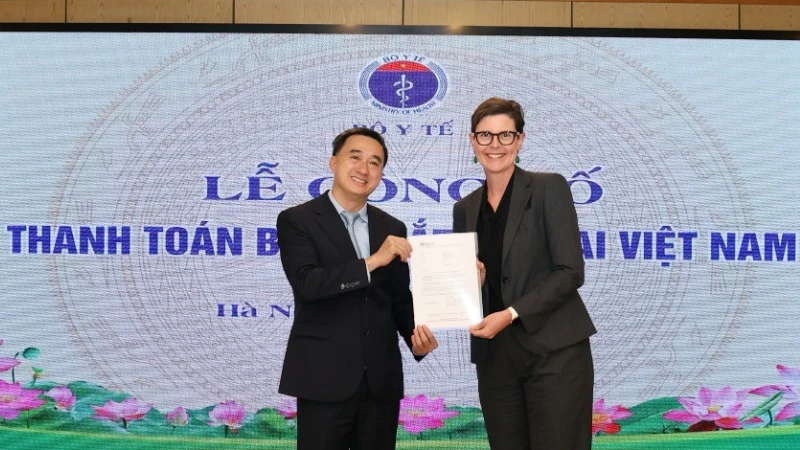

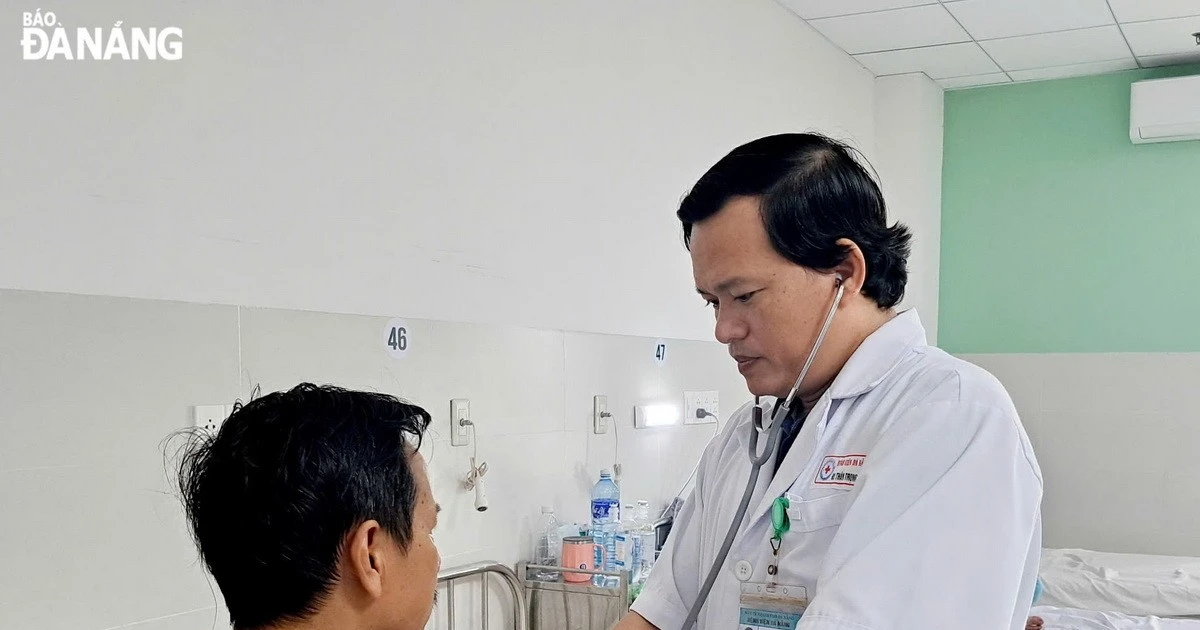
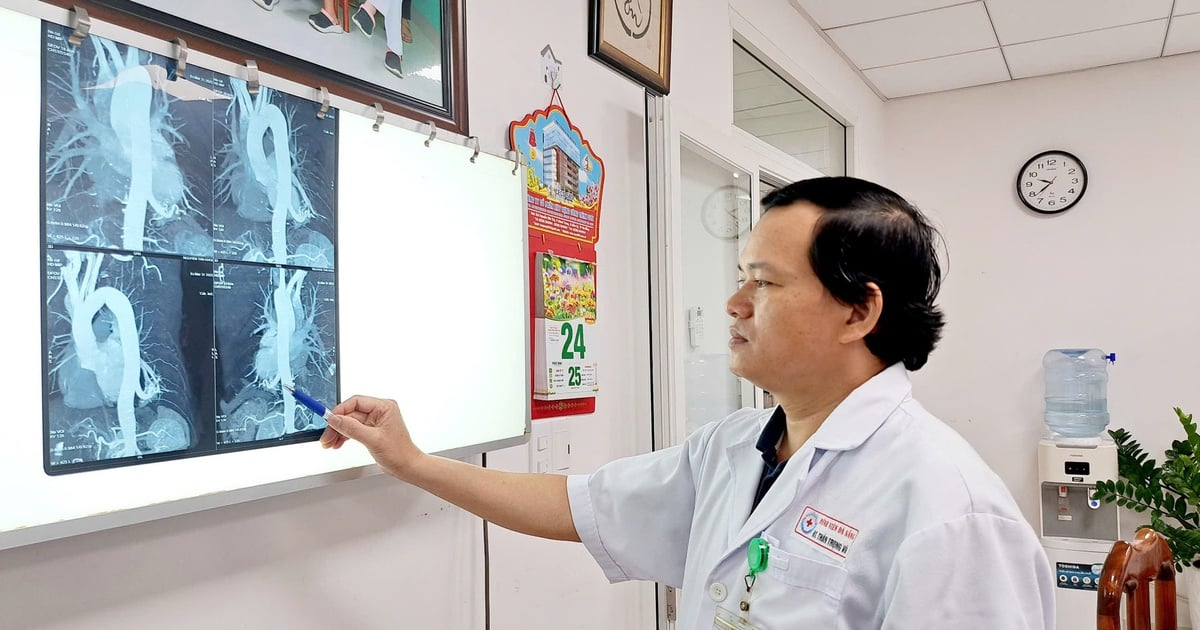
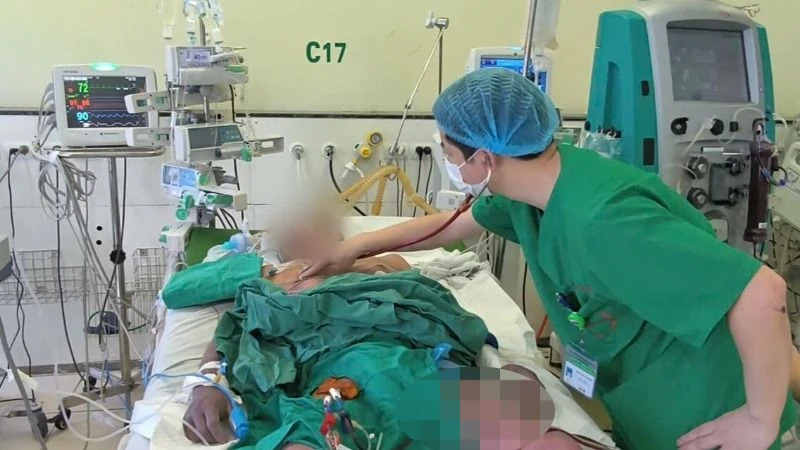
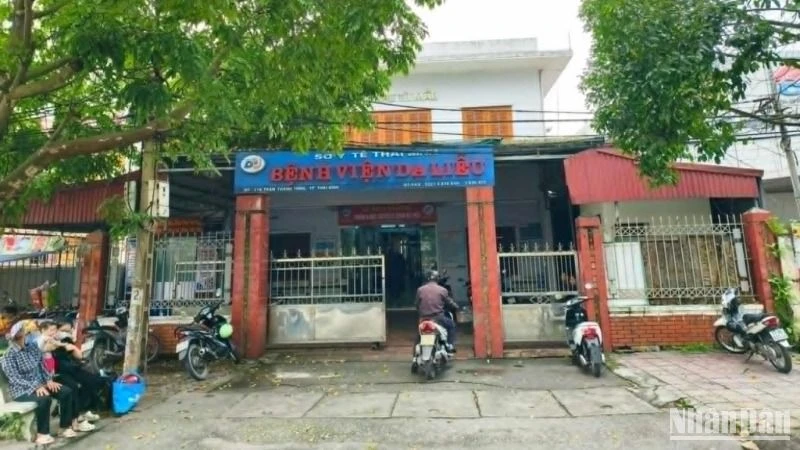







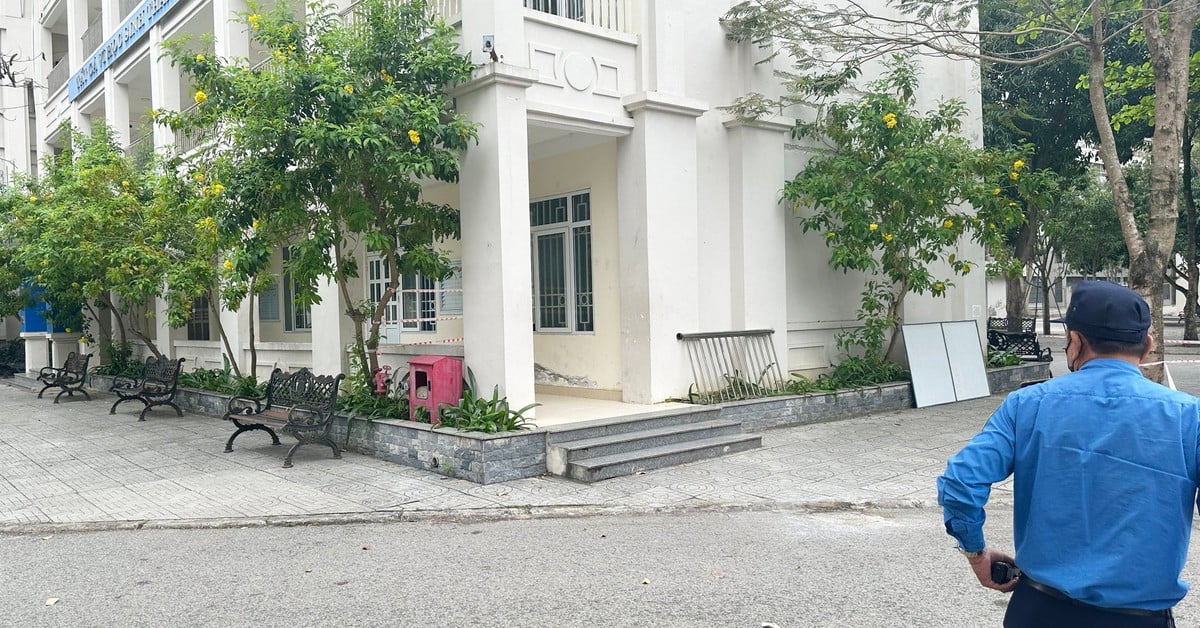

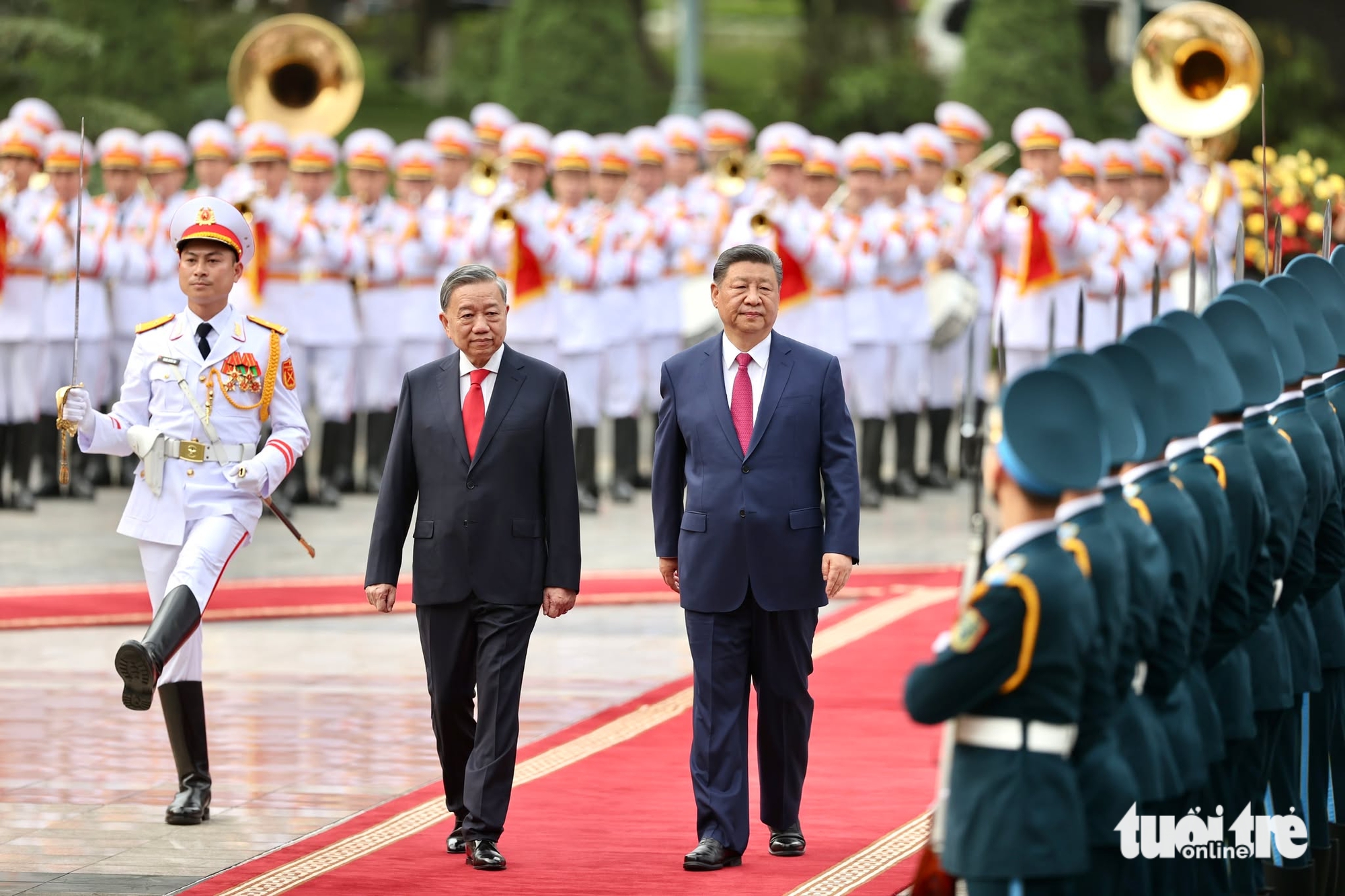































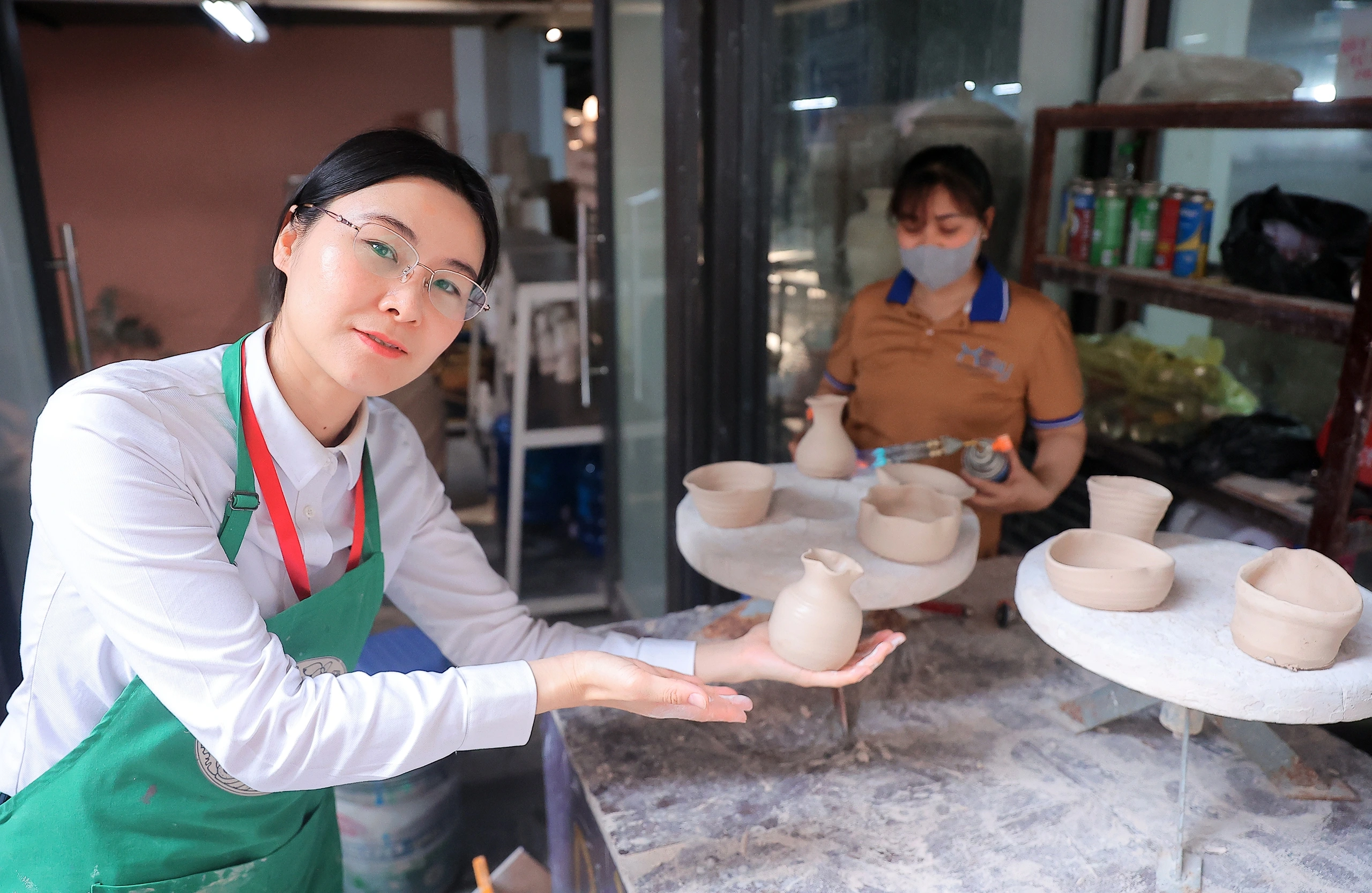





























Comment (0)